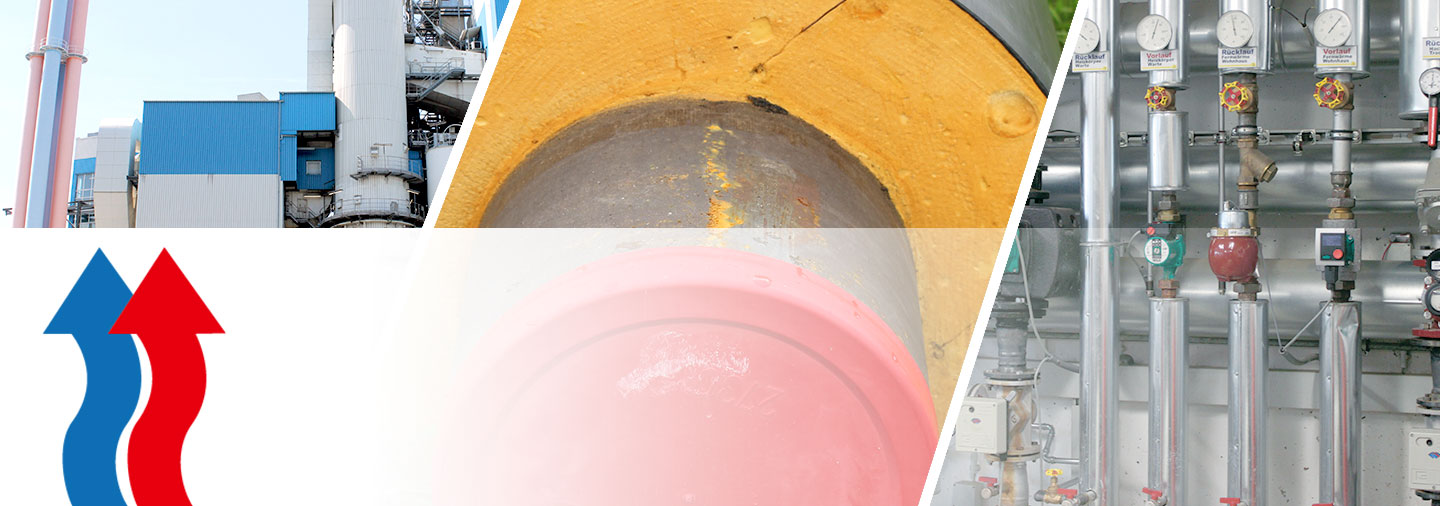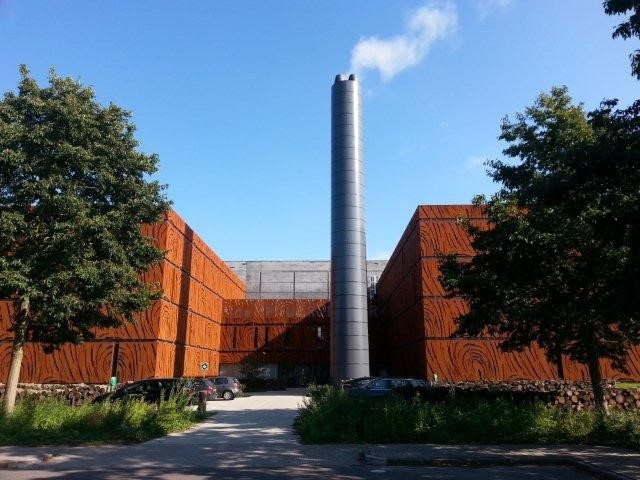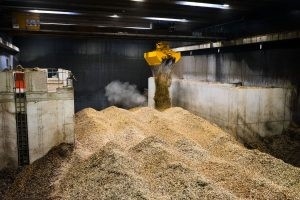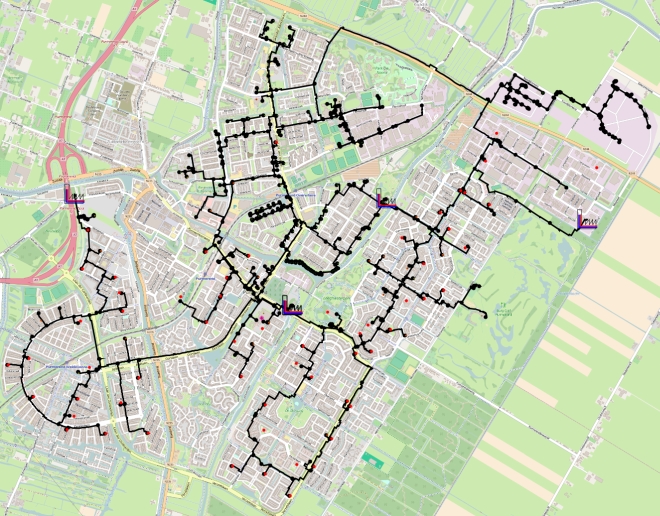

News & Veranstaltungen
WS 7, Sitzung 3: Wie sollte die EU-Bioökonomiestrategie und ihre bevorstehende Überprüfung Herausforderungen im Zusammenhang mit bioökonomischen Kompromissen angehen?
WS7, Sitzung 2: Biomassenutzung und Ernährungssicherheit: Synergien und Herausforderungen
WS7, Session 1: Ausbalancierung sozioökonomischer und ökologischer Ziele: Indikatoren, Werkzeuge und praktische Einblicke
WS6, Session 3: Governance von regionalen biobasierten Systemen
WS6, Session 2: Governance von regionalen biobasierten Systemen
WS6, Session 1: Governance von regionalen biobasierten Systemen
WS5, Sitzung 3 - Soziale Innovationen in ländlichen Gebieten: Neugestaltung des Ernährungssystems durch soziale Innovationen
WS5, Sitzung 2 - Soziale Innovationen in ländlichen Gebieten: Förderung neuer kollaborativer Ansätze zur Stärkung sozialer Innovationen
WS5, Sitzung 1 - Soziale Innovationen in ländlichen Gebieten: Förderung des Wachstums in ländlichen Gemeinden durch soziale Innovationen - Politiken, Konzepte und Treiber
EVENTS: Workshop-Scaling Biofuels Into Thermochemical Futures
WS 1, Sitzung 3 - Innovative Anwendungen von bio-basierten Düngemitteln in der modernen Landwirtschaft
WS 1, Sitzung 2 - Schließen des Kreislaufs: Wertketten für die Nährstoffrecycling und Optimierung der Logistik
WS 1, Sitzung 1 - Einführung und Haupt-Recyclingwege: Kompostierung und Verdauung
WS 3, Session 3 - Digitalisierung in der Bioökonomie - Zukünftige Trends und Innovationen in der digitalen Bioökonomie
WS 3, Session 2 - Digitalisierung in der Bioökonomie - Anwendungen der Digitalisierung in der Bioökonomie
WS 3, Session 1 - Digitalisierung in der Bioökonomie - Einführung in die Digitalisierung in der Bioökonomie
WS 2, Sitzung 3 - Integration von Primärerzeugern in biobasierte Wertschöpfungsketten: Innovationen und Herausforderungen bei der Produktion und Mobilisierung von Biomasse
WS 2, Sitzung 2 - Integration von Primärerzeugern in biobasierte Wertschöpfungsketten: Wertschöpfungsketten und Märkte -Verbindung von Erzeugern und Interessenvertretern
WS 2, Sitzung 1 - Integration von Primärerzeugern in biobasierte Wertschöpfungsketten: Produktion von Biomasse durch Land- und Forstwirte
SCALE-UP Project Study Tour Unveils Potential in Strumica, North Macedonia
Purmerend, The Netherlands
The city of Purmerend is located in a small province in the North-side of the Netherlands close to Amsterdam, with around 80.000 inhabitants. The DH system company, in charge of the heat production, is Stadsverwarming Purmerend (SVP) and around 75 % of the buildings in the city are connected to the DH network of Purmerend. The length of the DH network is around 600 km and the heat production come from three production plants. One biomass-fired production unit that provides 80 % of the heat production and two gas fired CHP plants mainly used as spare/reserve capacity.
Due to many dikes and channels in Purmerend the network is constructed using a special strategy. The main network, which can almost be regarded as a transmission system, delivers heat to a number of substations. These substations are typically located in an area that is fenced in by dikes. A substation supplies typically 200 to 500 customers. Another specialty is supply of district heating to houseboats.

Biomass plant (44MW)
The capacity of the biomass-plant is 44 MWth and it uses around 100.000 tons of biomass annually whereas their natural gas plants have a capacity of 79 MW and 22 MW. The heat demand and production from SVP varies during the year, because in the winter period the heat are used for space heating and hot water whereas during summer it is only used for hot water. The peak demand can then vary from 150 -20 MW depending on the outdoor temperature. The supply temperature in the network is in average 94 degrees while the return temperature is 50 degrees. The total amount of substations in the network is 25.729 and the total amount of heat supplied by the DH is 345.058 MWh whereas the annual consumption is around 260.000 MWh. The maximum peak load was 131 MW in 2016.

Biomass (wood chips)
The main challenges are the varying peak loads that can occur, which is leading to a lot of spare capacity. Another challenge is the high temperature regimes on both the supply and return temperature, leading to a high heat loss percentage in the network. To optimize the DH network, several renovations in the district heating grid has been conducted by replacing old pipes with new modern pre-isolated pipelines. This has led to reducing heat losses with 10 %, water supply with 50 % and unplanned service down by 84 %. There are still more ways to improve the efficiency, because the temperature regime are high, so it can be lowered through creating a TERMIS Master model with a "Flow temperature optimization model" (FTO). The FTO model can calculate the minimum inlet temperature in the network while ensuring that the consumers have at least their minimum supply temperature secured. The TERMIS return temperature model can optimize the consumers cooling of the return water, by identifying consumers with an insufficient cooling of the return water, enabling the DH Company to take action through e.g. incentives. Purmerend is however, an efficient DH in the Netherlands, utilizing local CO₂ neutral resources in the production with a broad network and many costumers connected.
Purmerend (SVP) is considering construction of a new biomass plant in the near future.

TERMIS Master model of Purmerend DH network.








